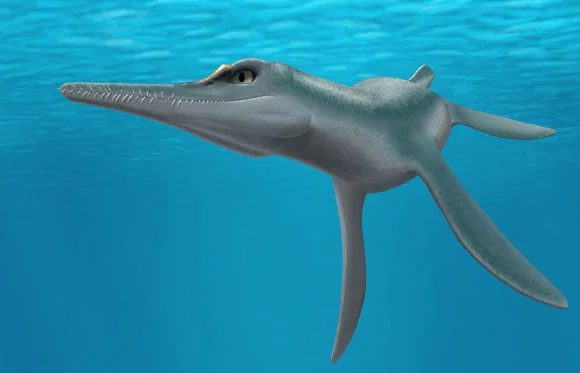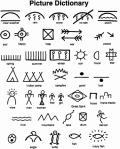The creature recently named “Unktaheela specta” is a marine predator that has made its first appearance on our planet.
According to Sci-News, two separate fossil remains of the Unktaheela specta were discovered in the states of Wyoming and South Dakota, USA, areas that were once a vast sea during the Cretaceous period—the golden age of giant reptiles.

Unktaheela specta – (Graphic: CRETACEOUS RESEARCH).
A recent study published in the journal Cretaceous Research has confirmed that the two newly revealed creatures are a new species belonging to a new genus within the group of “plesiosaurs.”
During their existence—approximately 80.5 million years ago—the Earth was dominated by dinosaurs, with pterosaurs soaring in the sky and countless other reptilian lineages, such as mosasaurs and ichthyosaurs, swimming in the oceans.
Plesiosaurs were among these creatures and are considered one of the most bizarre ancient monsters, featuring necks that could be longer than their bodies and tails combined, a head resembling that of a snake but with jaws as elongated and sharp as a crocodile’s, and a body supported by four powerful flippers.

Two skulls excavated in the USA – (Image: CRETACEOUS RESEARCH).
In the images recreated by the research team, Unktaheela specta appears with a neck that is not overly long but features a snout similar to that of long-snouted crocodiles, with small yet sharp teeth, a relatively “streamlined” body resembling that of a dolphin, and elongated flippers.
According to the research team led by Dr. Robert Clark from Marshall University (USA), this species belongs to a smaller group known as Polycotylids within the plesiosaur family, with some other specimens having been found in Australia.
The two specimens excavated include one with several body parts comprising a nearly complete skull, neck, vertebrae, and tail, along with some ribs and pelvic bones.
The second specimen includes a complete small skull and several other disarticulated bones.
These finds have allowed scientists to estimate that this creature was approximately 2.3 to 2.6 meters long when alive, which is still considered small compared to other plesiosaurs.
Its large eyes possess structures akin to eyelids that help shield it from sunlight, indicating that it hunted in a brighter environment than many other marine reptiles. This suggests it may have been a predator in shallower waters, similar to crocodiles.





















































